The Writing Center
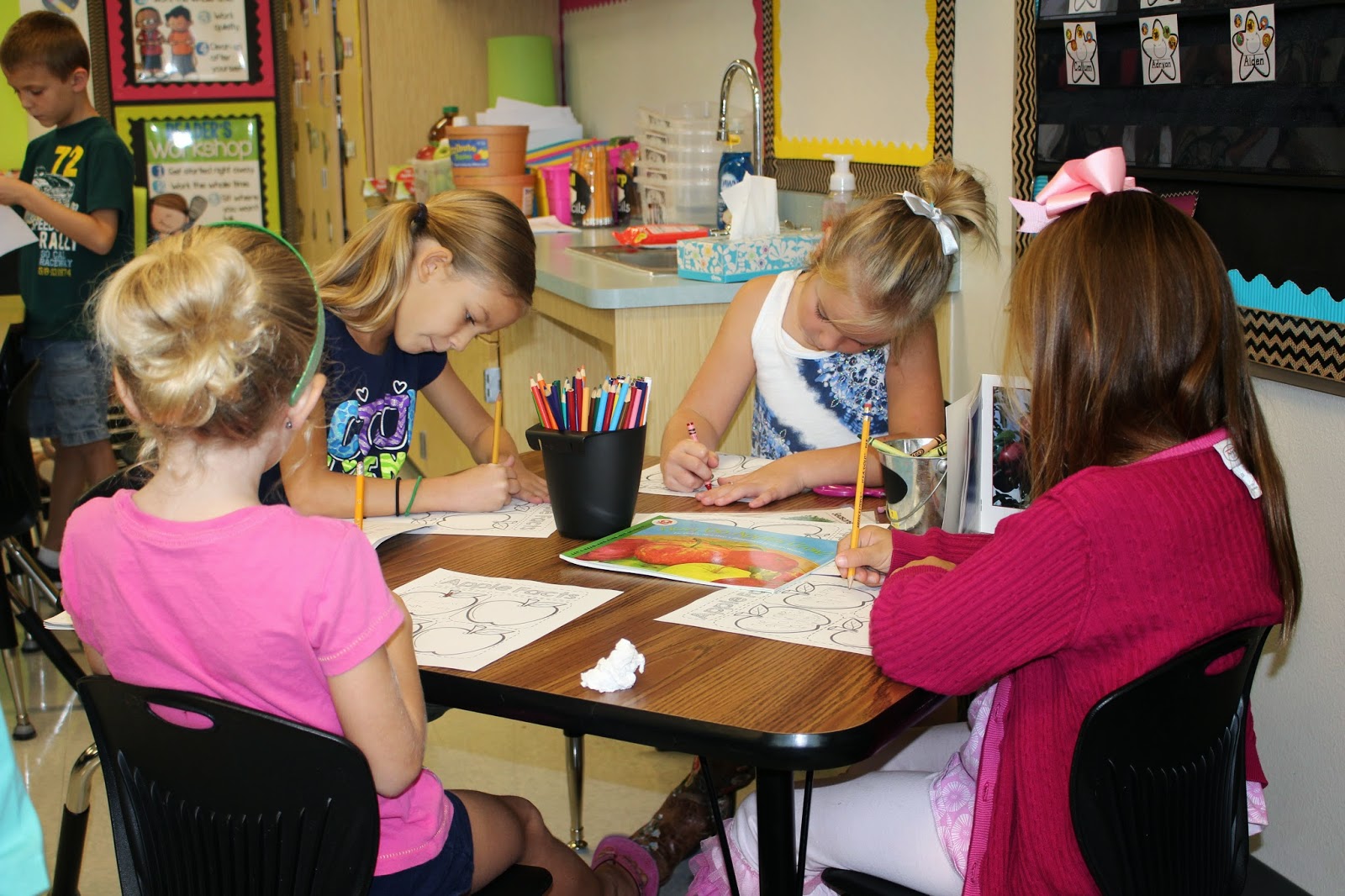
Do you have a writing center in your room? Is it used during guided reading? Is it used during writer’s workshop? Over the last few years, I had a writing center which served three real purposes in our classroom.
The Writing Center
First, it was a place to store writing materials. It housed a variety of paper and writing instruments. A shelf kept writing journals and writing folders safe from being lost. You could find writing activities and helpful writing words and reminders there too! (this pic was before students and paper arrived!) Can you smell the new crayons and freshly sharpened pencils?
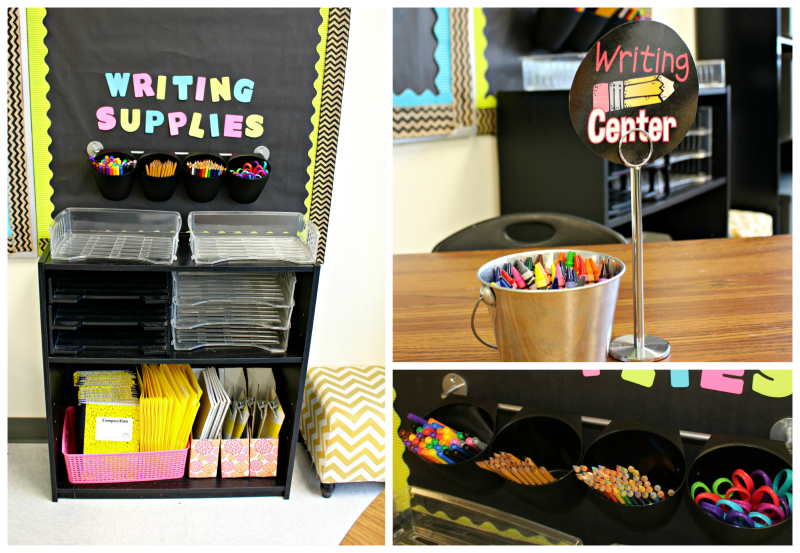
The third use of our writing center, was to provide follow up hands on practice of our writing mini-lessons. Students could revisit something they had learned during the afternoon writing part of our day at the writing center. If they enjoyed a certain type of paper or activity card, they could go get it during independent writing time.
Writer’s Workshop
In our school, we taught writing in the afternoon. A writing mini-lesson followed up by independent practice. We all want to help create well-rounded writers. I wanted the writing center to help my students apply what they were learning during our mini-lessons. I love that the writing center can be a place to have unstructured creative writing time, but I also wanted to mix that up with days that we practiced something specific we were working on during our afternoon lessons too. Plus, between you and me, it keeps students from getting in a rut and writing the same three sentences every.single.day.with.the.same.exact.picture. (Much like the dinners I serve every single night day after day) I began creating activities that would serve both as mini-lessons during teaching time, with a follow up component at the writing center for my students!
Here’s a peek at some of those activities
This would be our mini-lesson in the afternoon during writer’s workshop. This sentence scramble is a way to teach my students what makes a sentence. This helps them understand when to use end punctuation which can be such a tough skill for them! We learn that every sentence has a subject and verb which we call a WHO-DID WHAT? Then we also learn that sometimes writers add even more details to their WHO-DID WHAT…
The following morning, students would have a chance to do this activity at the writing center during guided reading.
Another day we may sort phrases and sentences by checking for a WHO-DID WHAT
Students edit for capitals at the writing center in Engaging Writing Volume 2
Another activity we cover is organization in our writing. Students take a paragraph and order it until it makes sense.
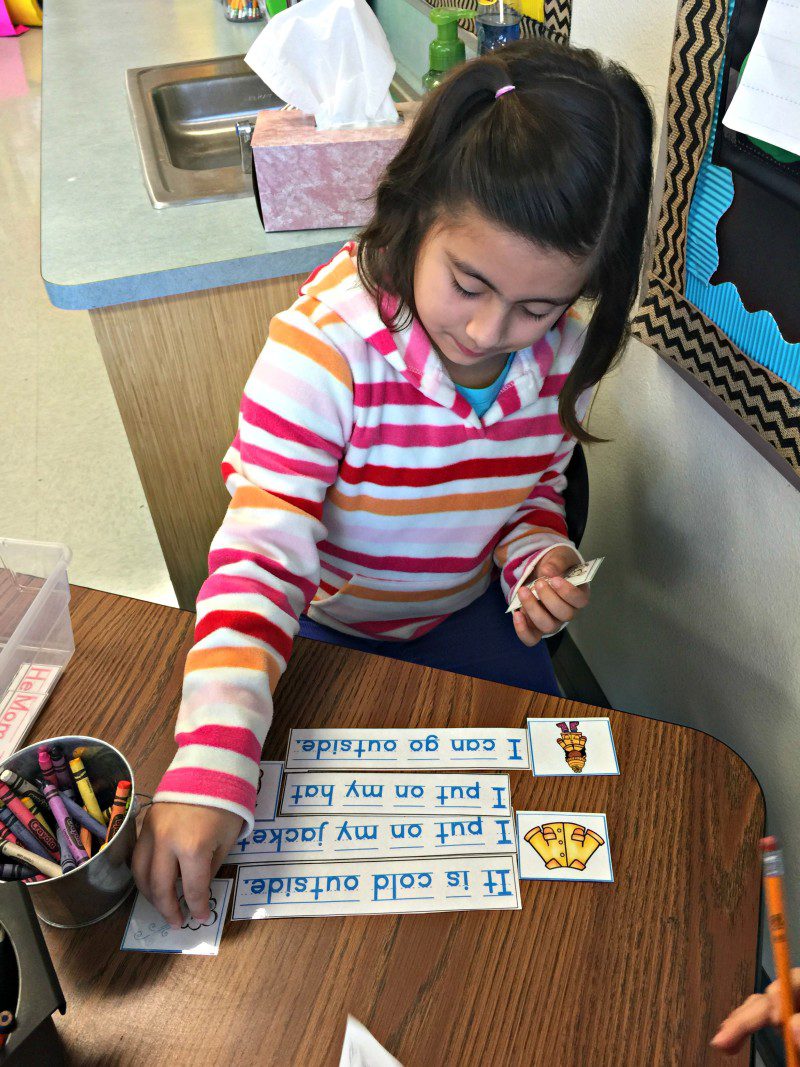
The following activities are from Engaging Writing 3. This is the third in the Engaging Writing Lesson Series.
If you think this format may work for your budding writers check out these packets and the topics covered!
Volume 1
What makes a sentence?
Stories have characters.
Stories have a setting.
Stories have a problem.
Great stories use details.
Stories have a beginning, middle, and end.
Stories have an order that makes sense.
Picture Prompts- Creative Writing
Volume 2
Is it a sentence or a phrase?
When do I use a capital?
When do I use a period?
Asking or telling sentence question marks vs. periods
How do writers get ideas?
Rhyming words make silly sentences or short poems
Details give the reader the full picture
“How To” writing
Volume 3
Staying on Topic
Opinion Writing
Story Openings
Details on a Topic
Story Closings
Planting a Story- Design for a Paragraph on one Topic
Growing a Garden- Design for a Complete Writing Piece (3 Paragraphs Broken Down for Primary)
The Bundle
What About Creative Writing?
We all enjoy letting loose and less structure sometimes. It helps us think creatively and stay interested! Another way to keep my writer’s excited and engaged during writing is to capitalize on seasonal topics! Last year, I began creating monthly story starters for my students. These are topics that students pull from a can or flip to on a ring at the writing center. They can then write in their journal. This was my way of keeping those same three sentences from appearing day after day!
examples from April
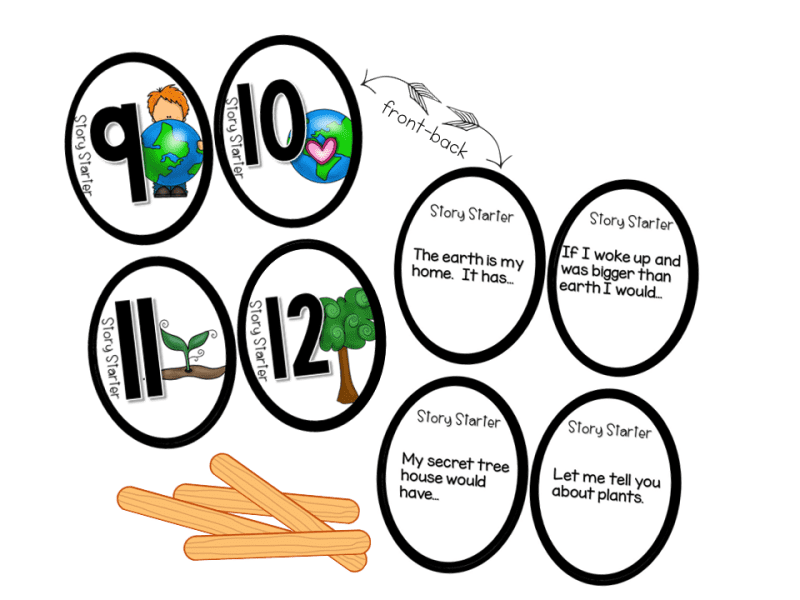
The story starters come in monthly sets. Each monthly set has 32 seasonal story starters. I also bundled all ten months together for a discount.
Having an arsenal of activities sure helps keep spring fever at bay! Mixing up the routine between more structured writing activities and more flexible writing choices makes for well rounded more engaged students. So that’s why we eat out so much…I need creativity and flexibility…. 😉

 Contact Us
Contact Us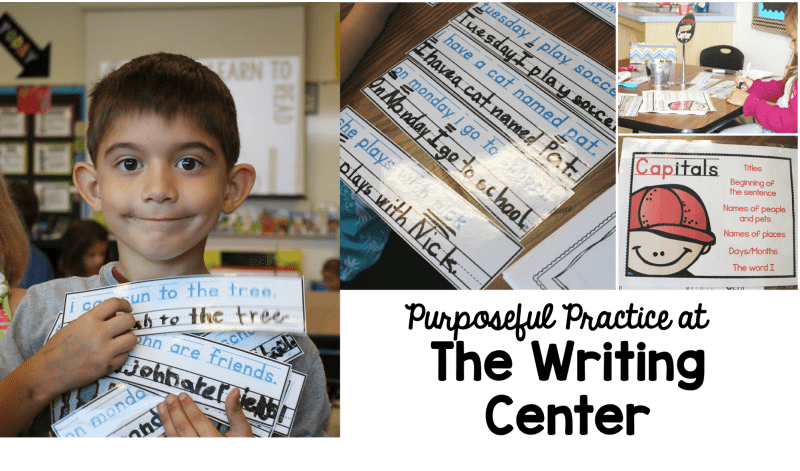
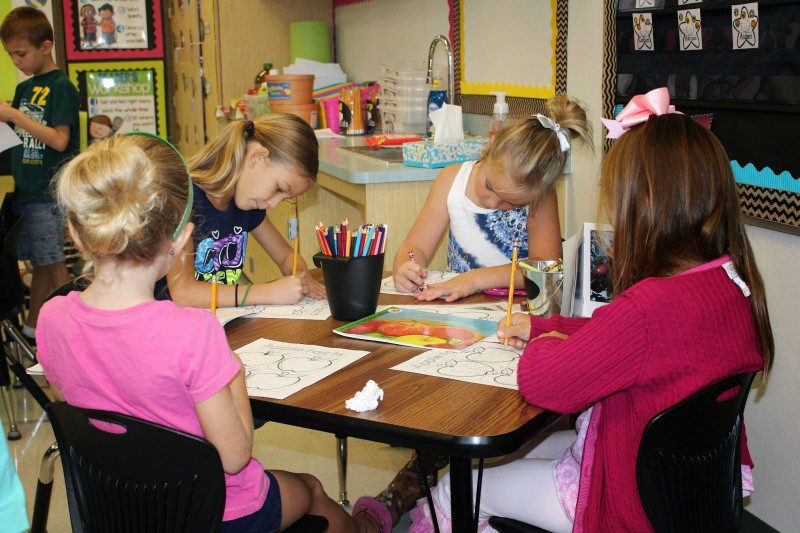
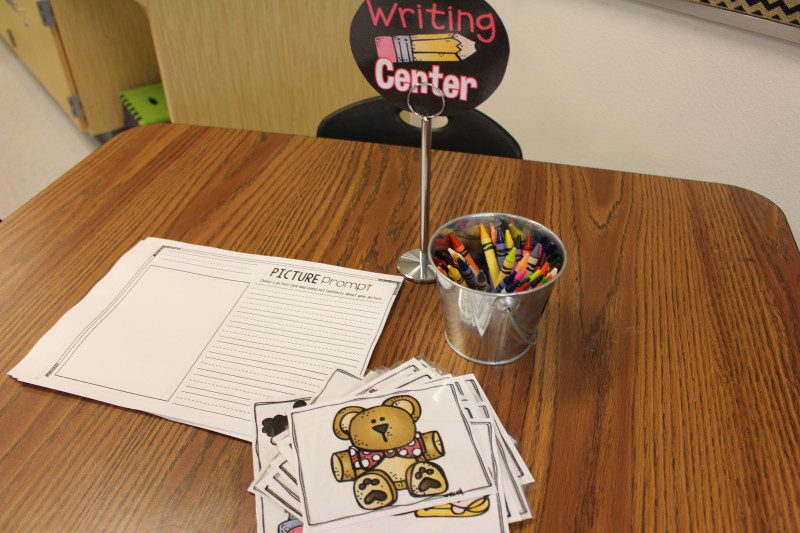
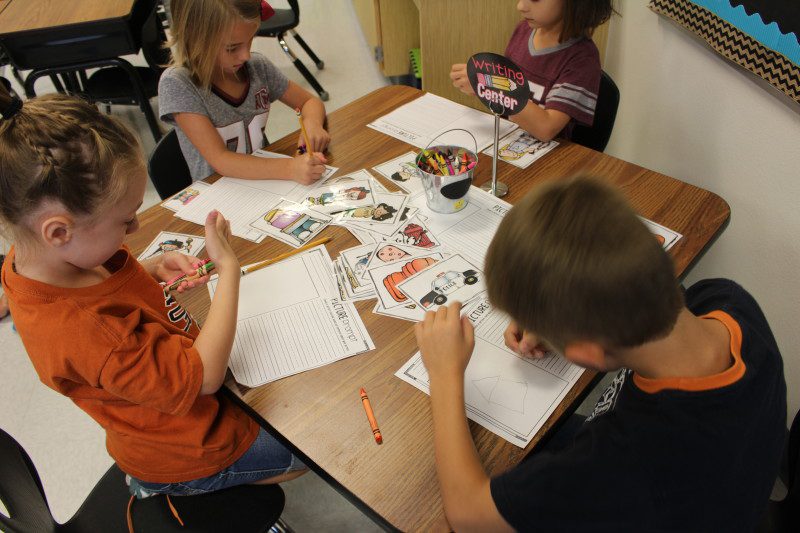
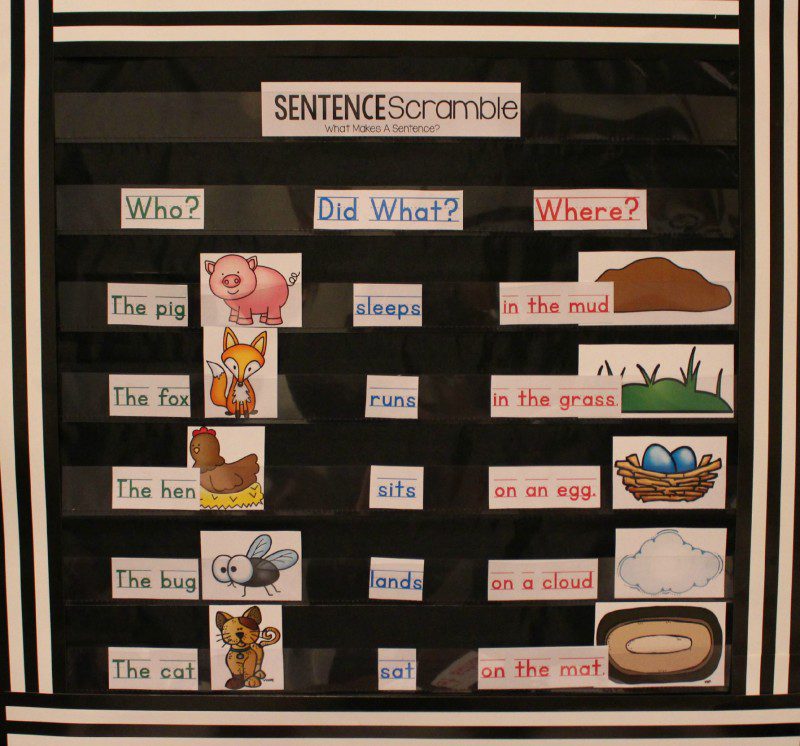
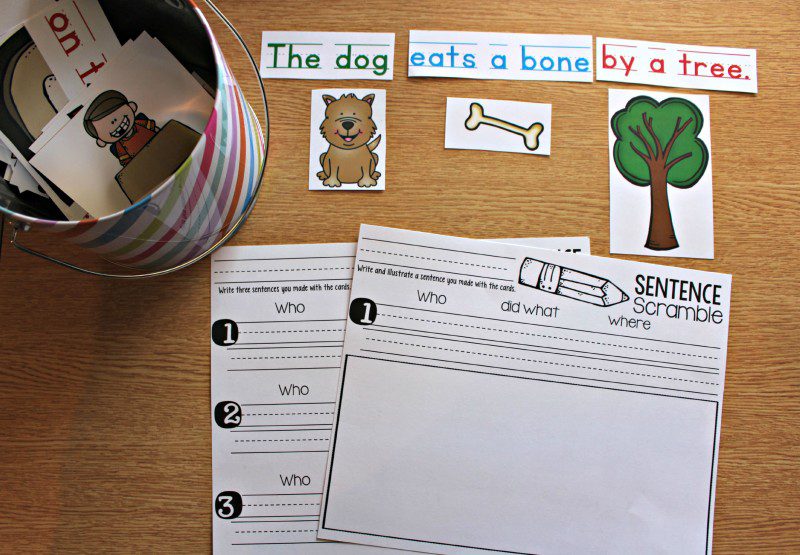
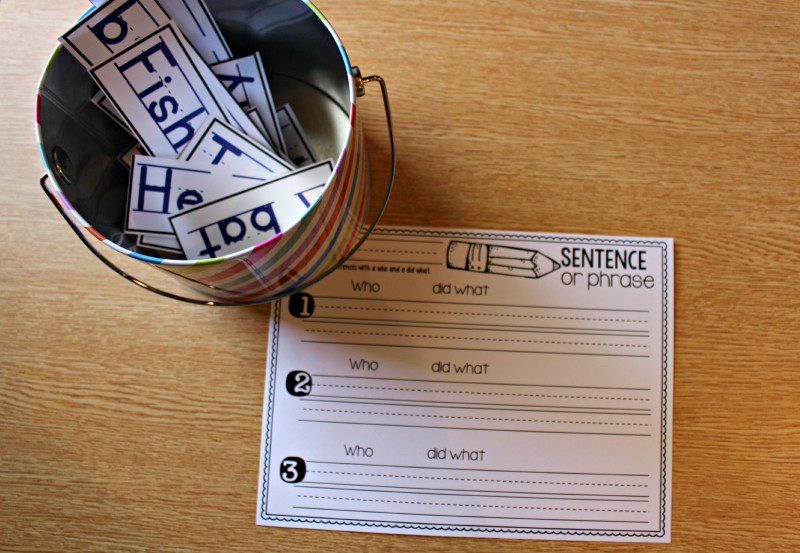
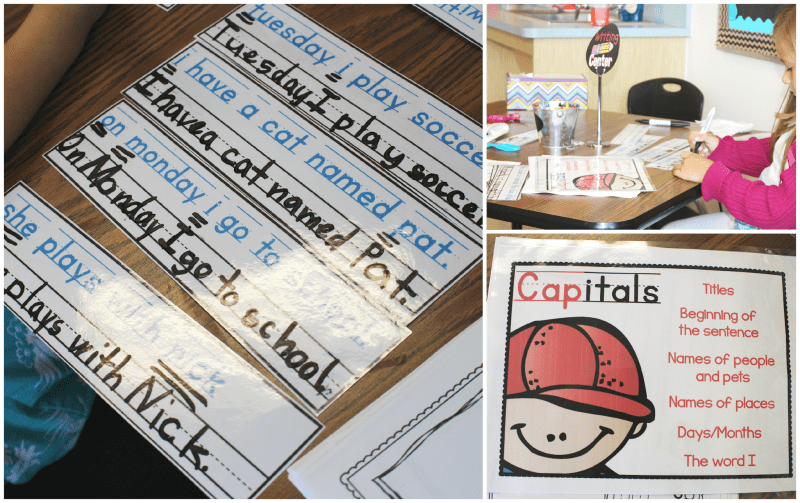
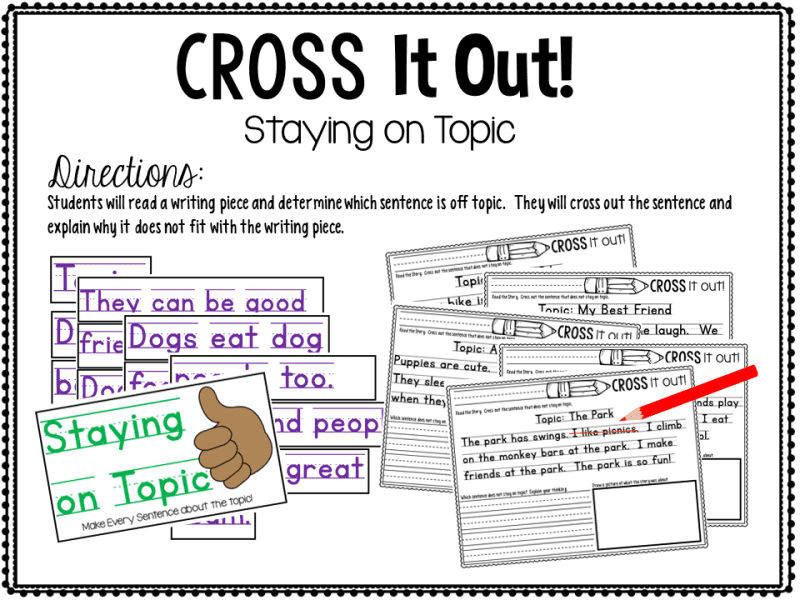
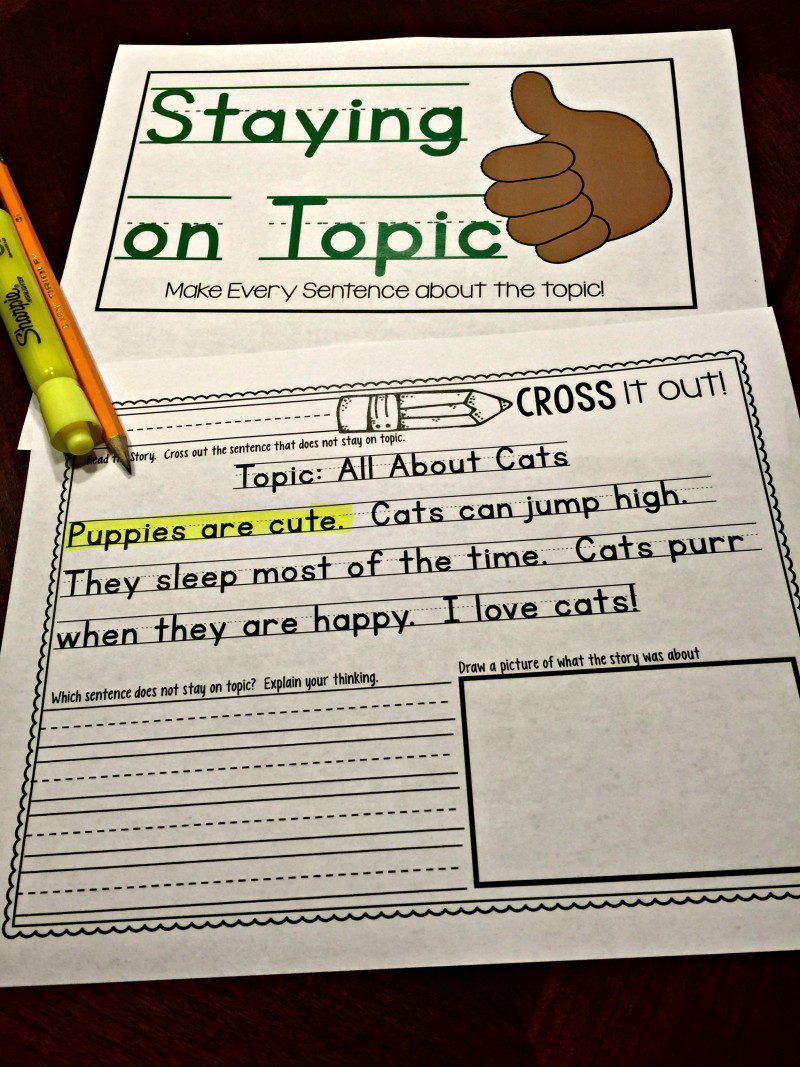
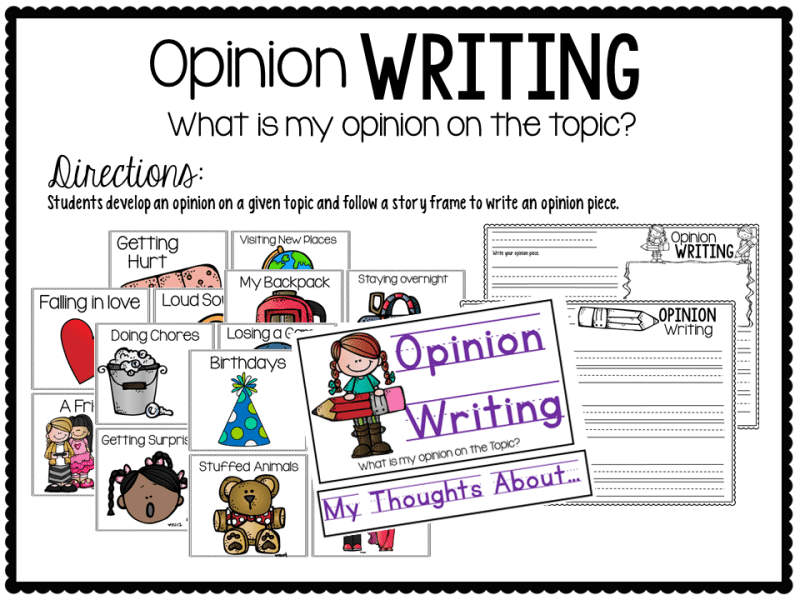
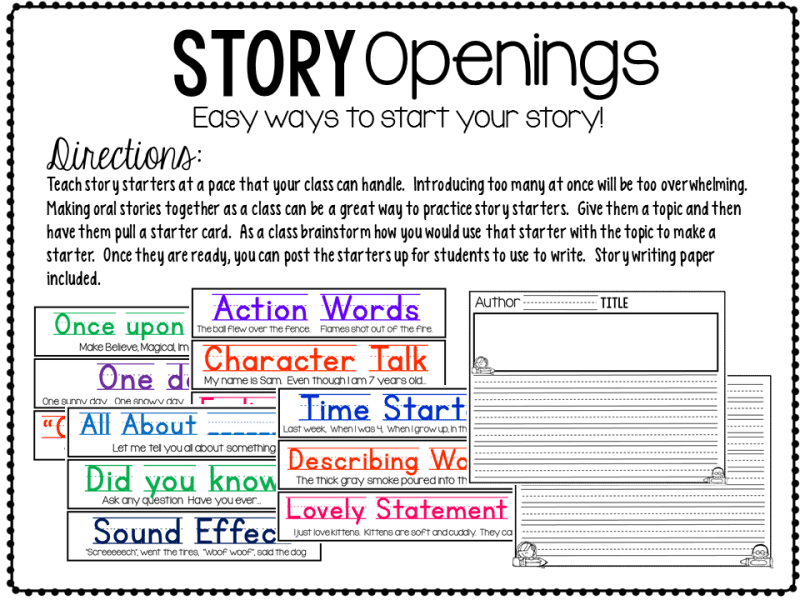
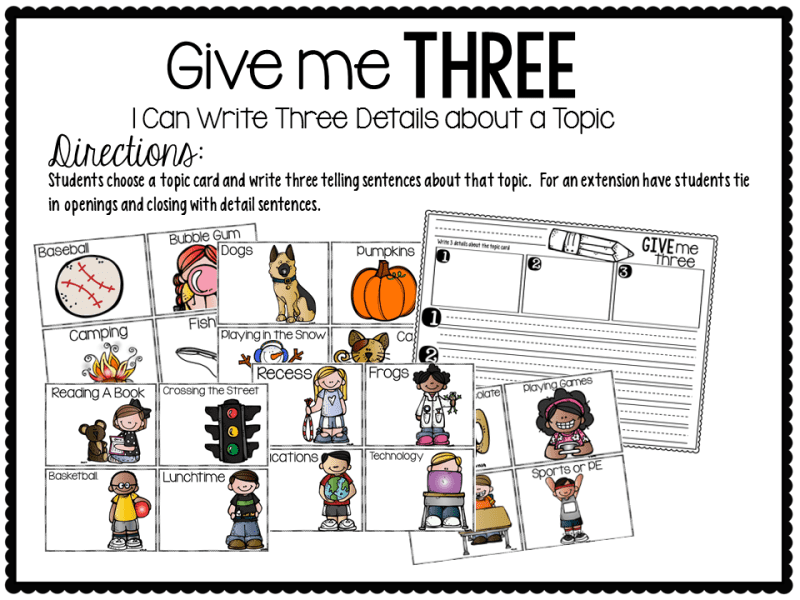
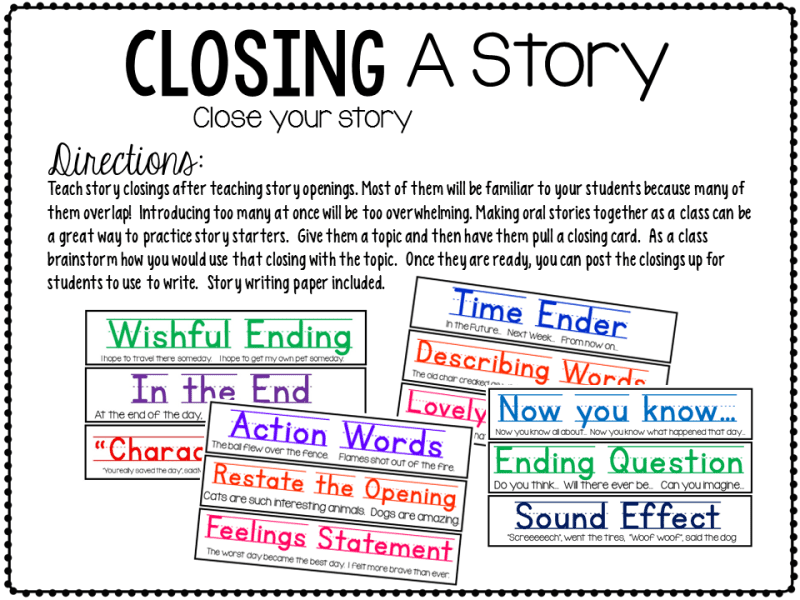
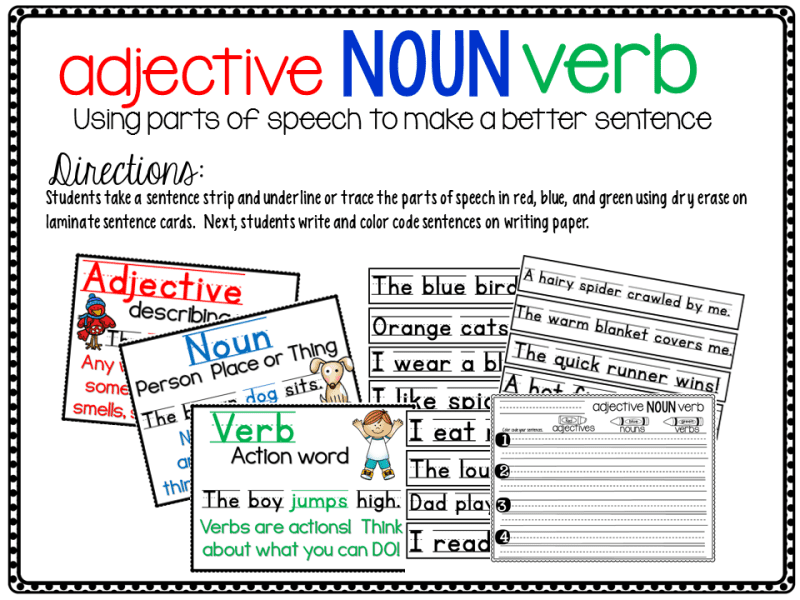
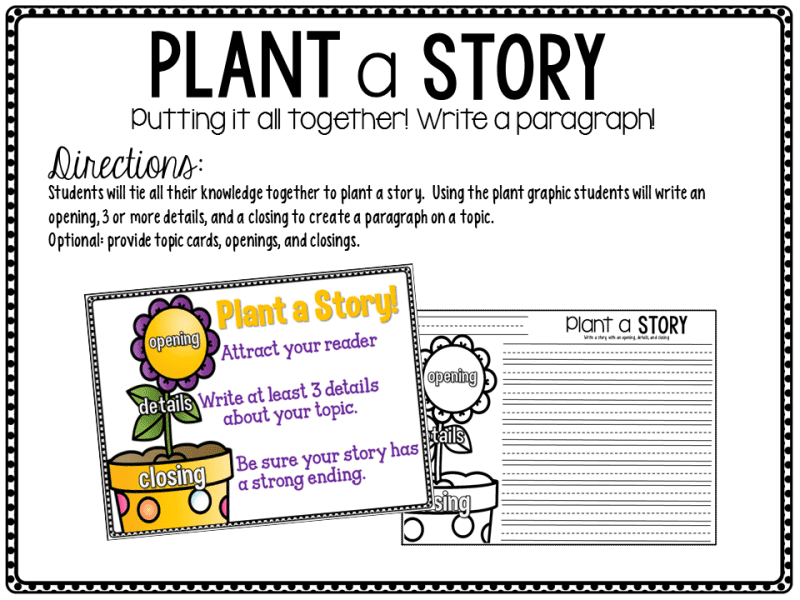
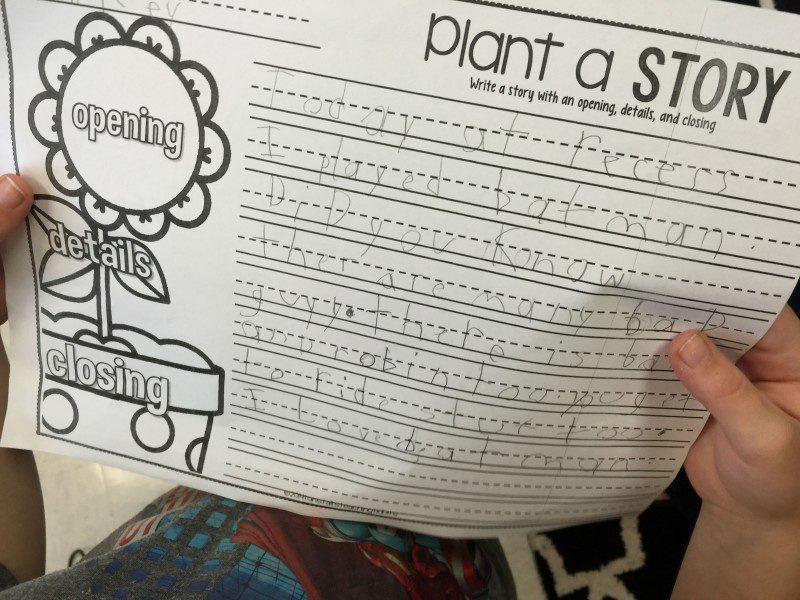
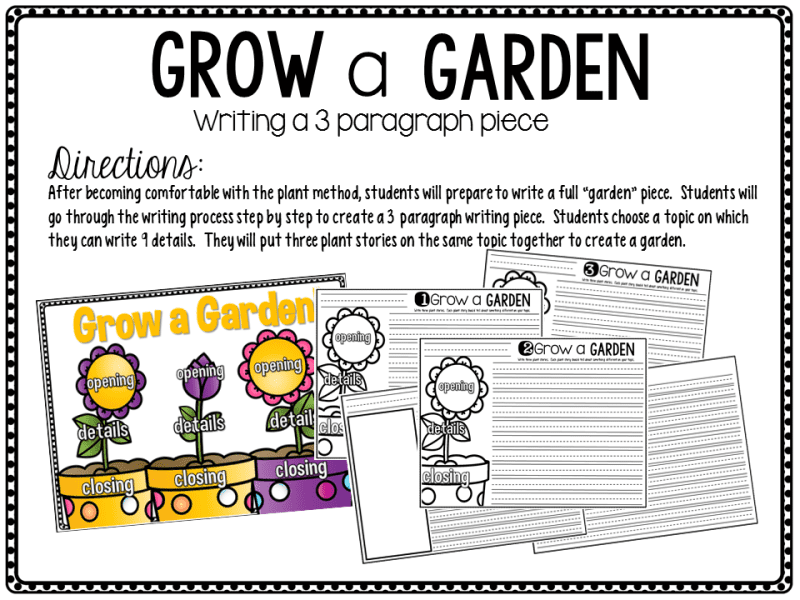
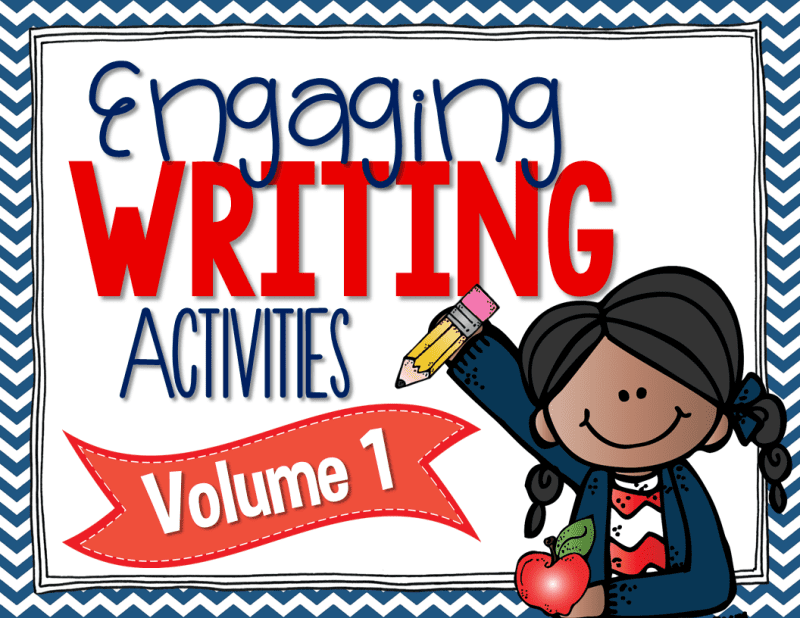
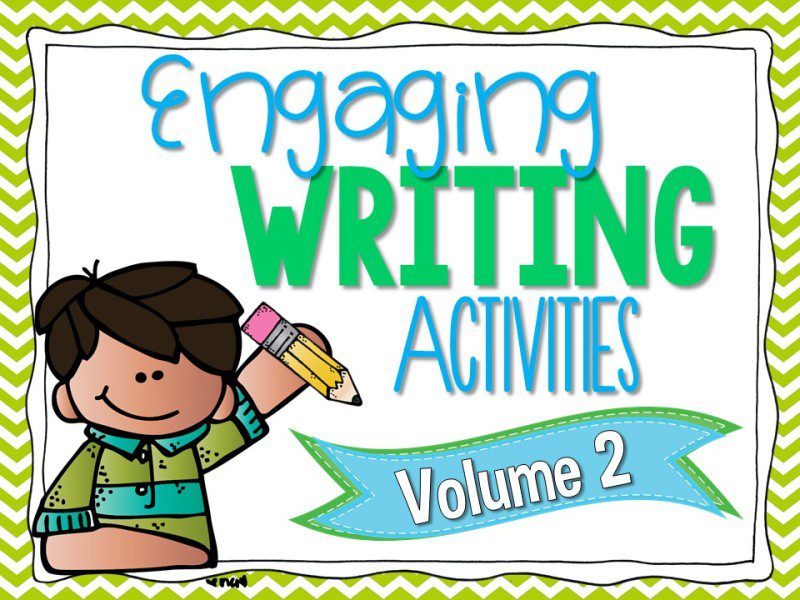
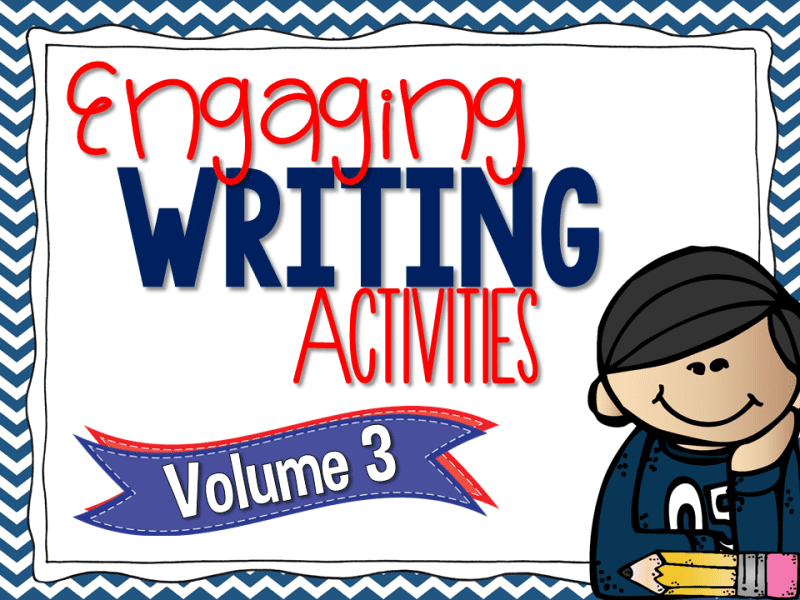
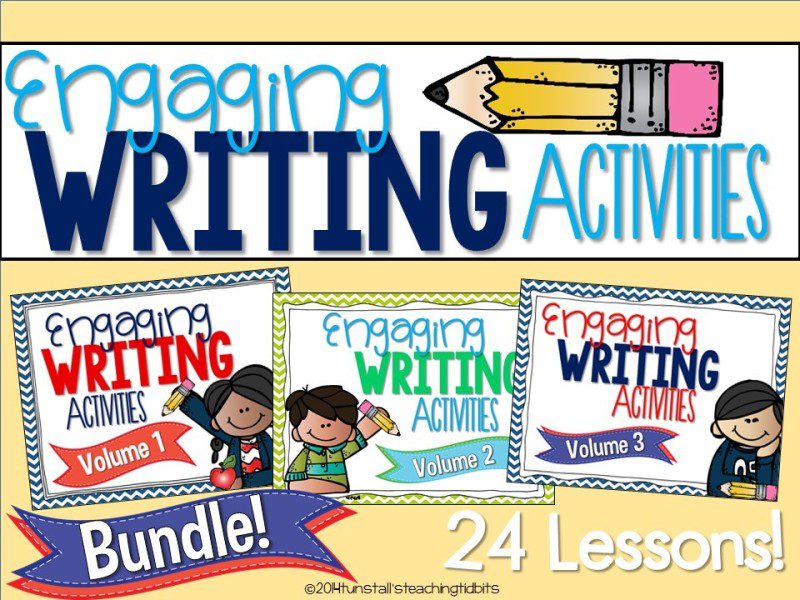
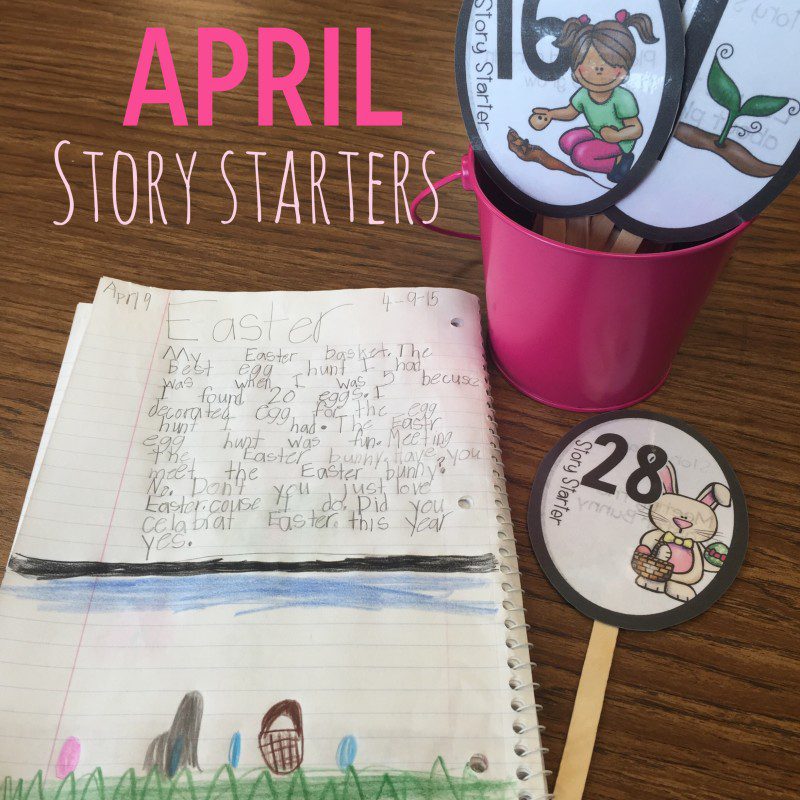
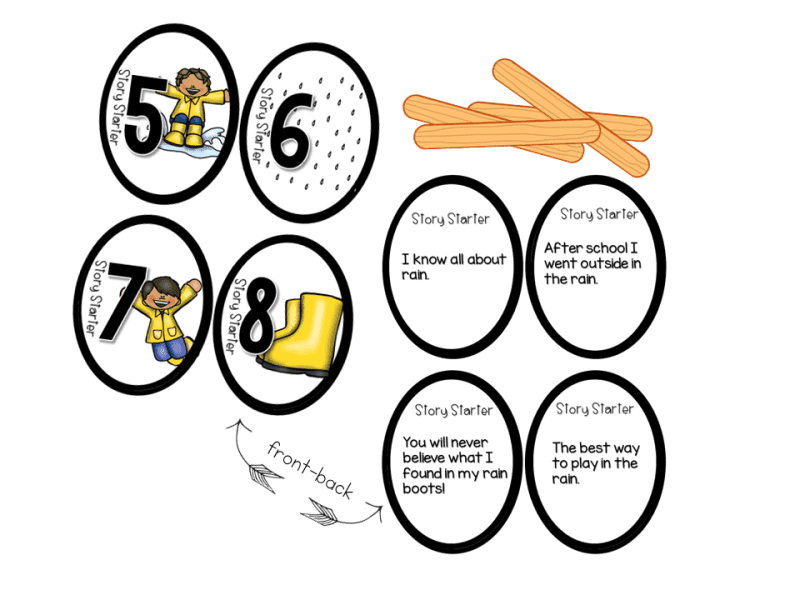
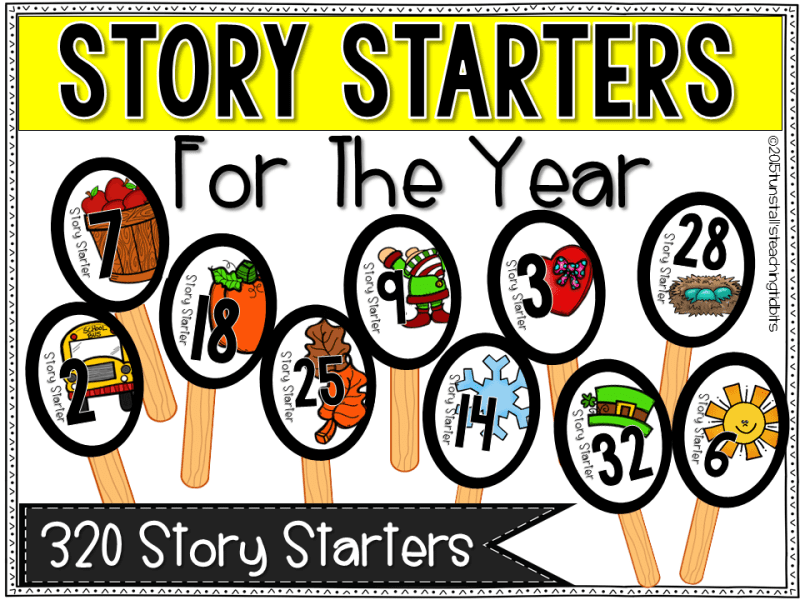
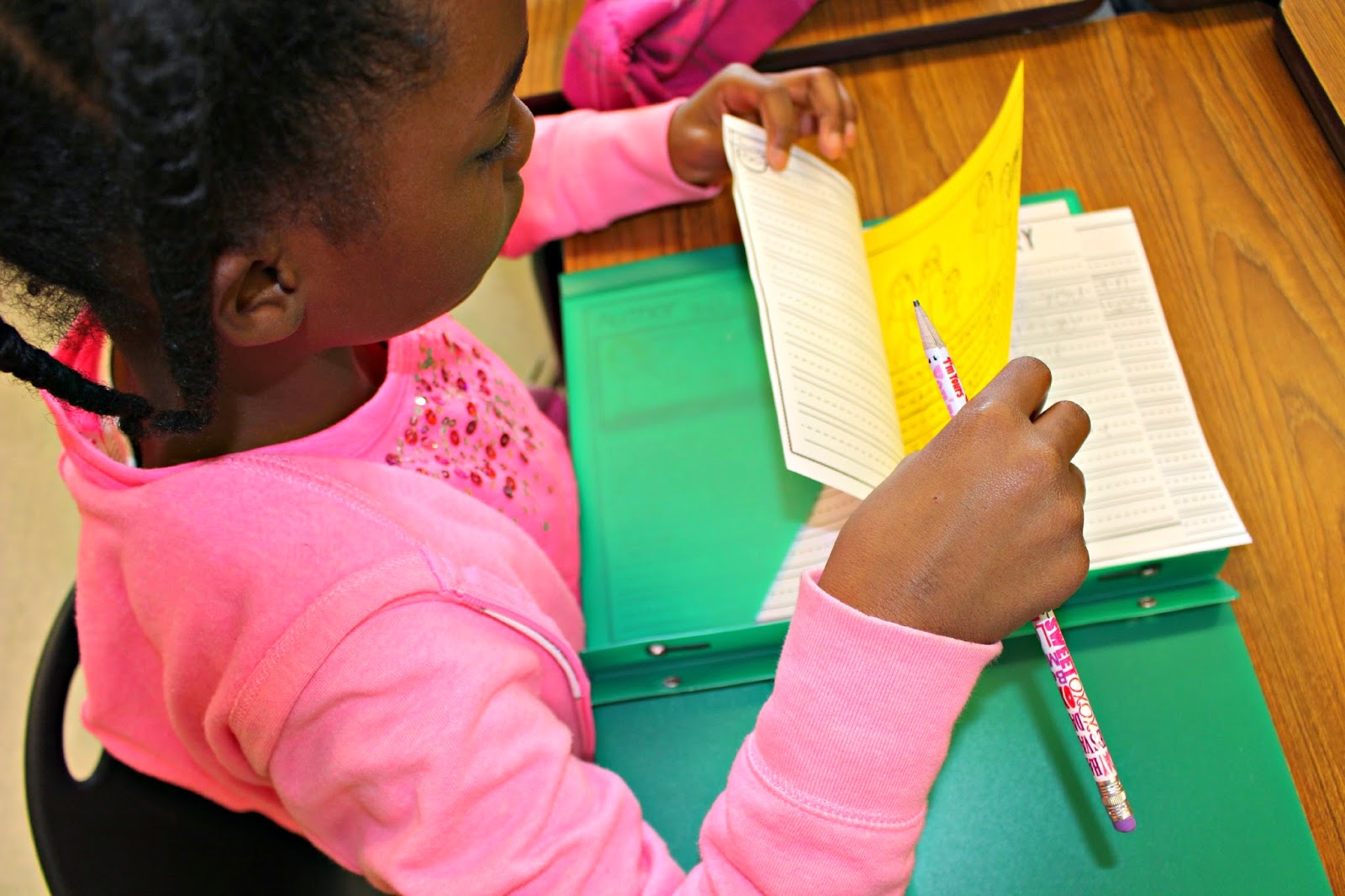



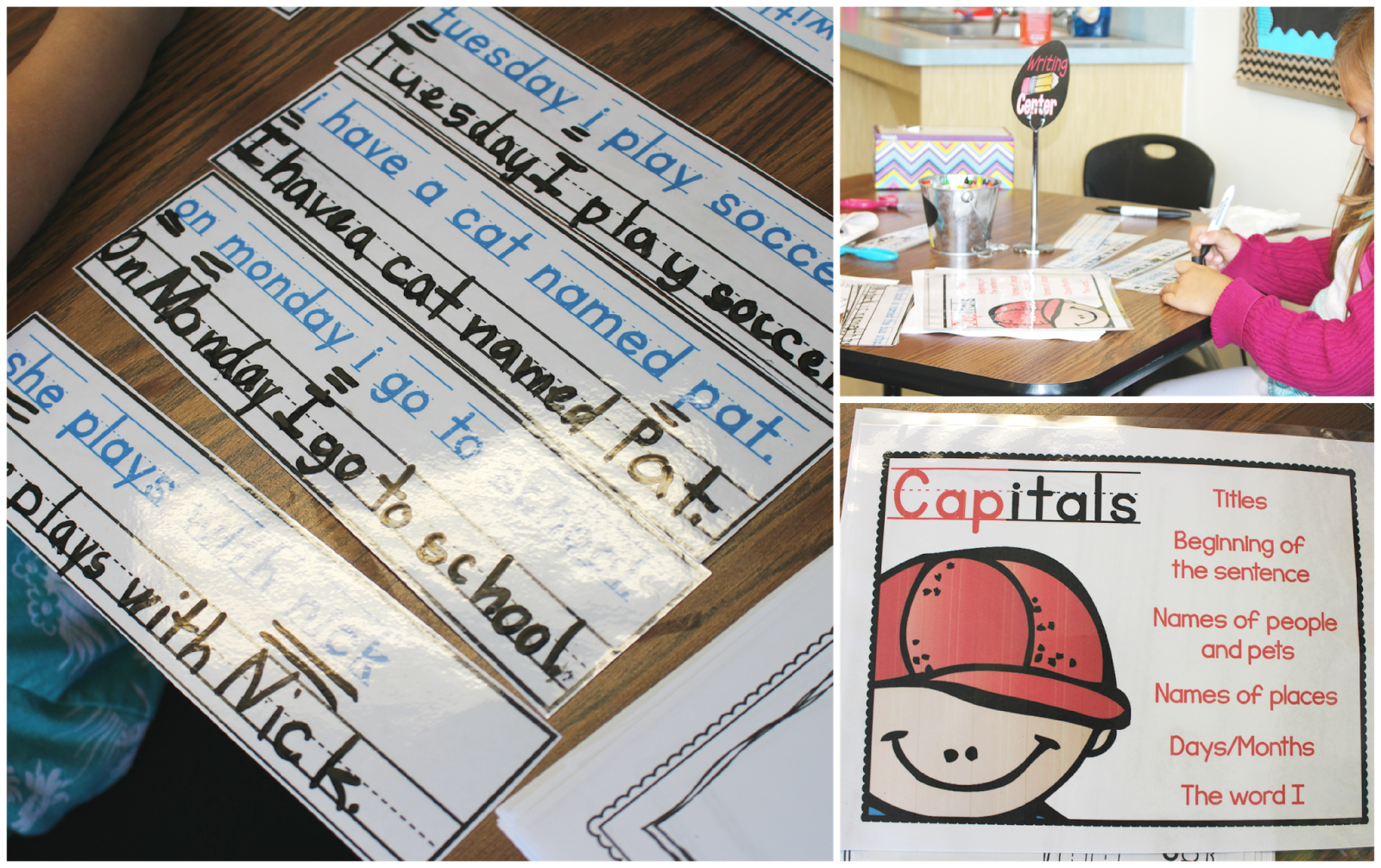
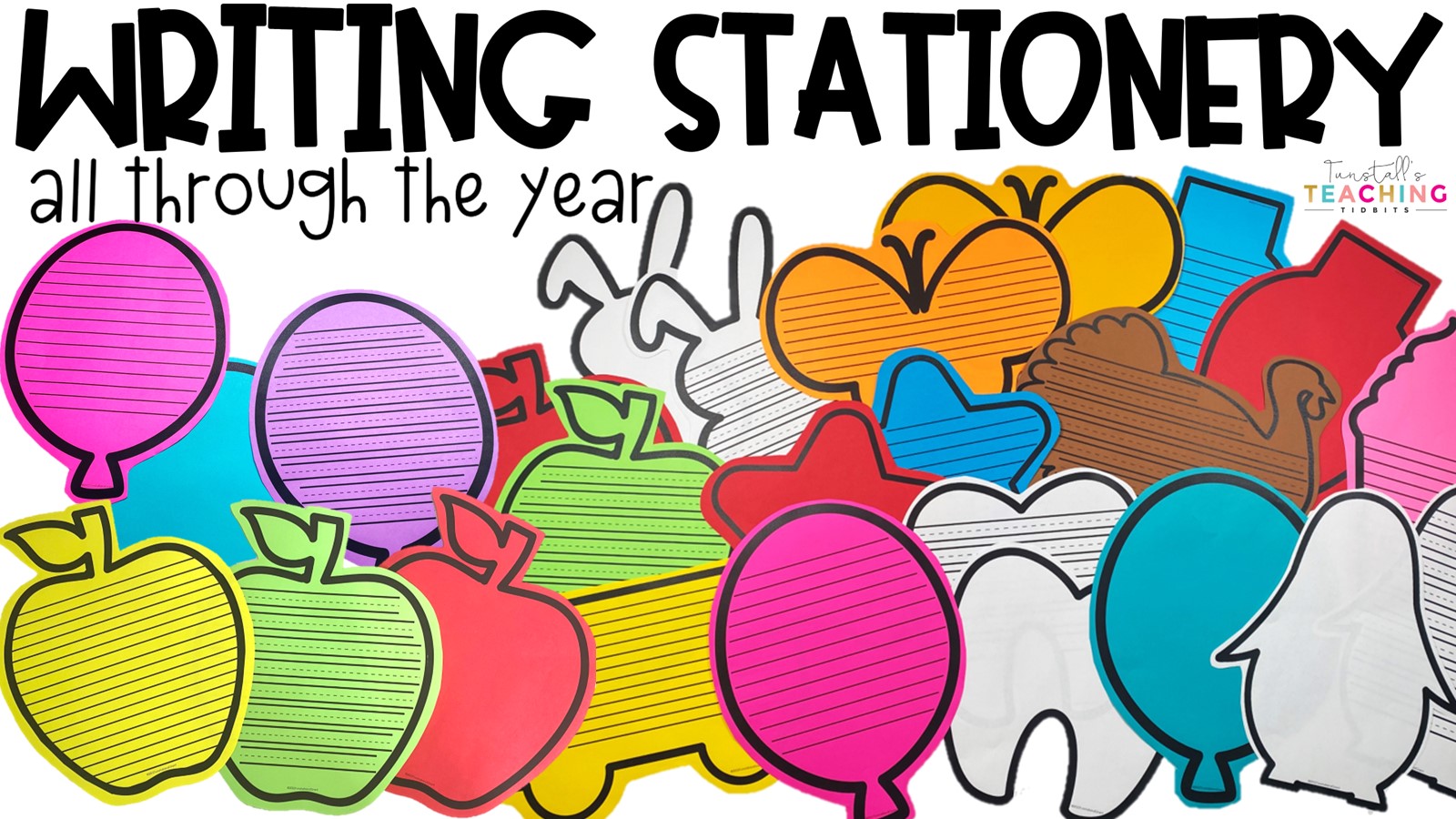
I love all the writing resources that you have created. Writing would certainly be fun in your class.